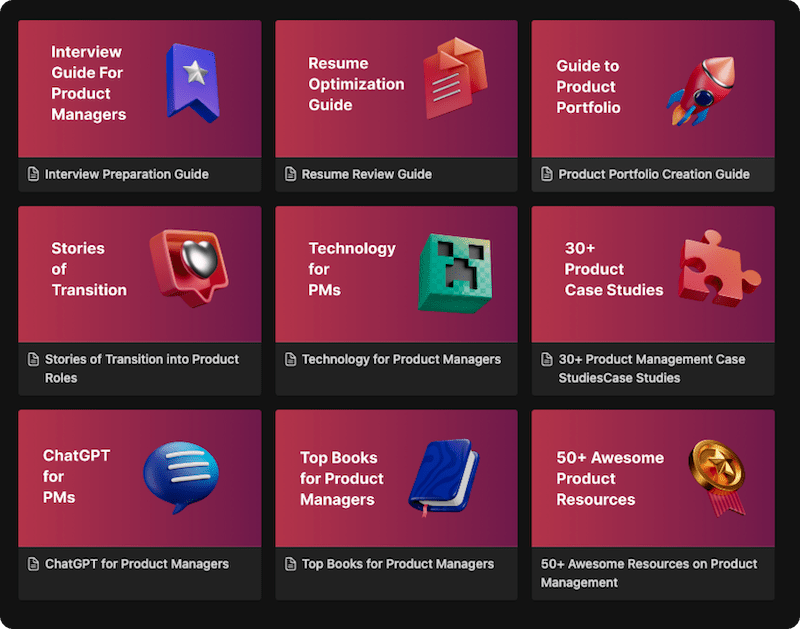Product Requirement Document
In the realm of product management, clear and comprehensive communication is paramount to successful product development. The Product Requirement Document (PRD) serves as the foundation for effective communication between product managers, development teams, and stakeholders. In this article, we will explore the concept of the Product Requirement Document, its definition, key principles, implementation process, and the valuable benefits it offers to product managers and their teams.
A Product Requirement Document (PRD) is a detailed blueprint that outlines the specifications, features, and functionalities of a product. It serves as a communication tool to articulate the product’s requirements, ensuring that all stakeholders have a common understanding of the product’s scope and objectives.
Key Principles
- Clarity and Specificity: A well-crafted PRD should be clear, specific, and free of ambiguity. It must provide precise details about the product’s functionalities, user interactions, and technical specifications.
- Alignment with Product Strategy: The PRD should align with the broader product strategy and vision. It must reflect the customer needs identified in the market research and contribute to the overall product goals.
Implementation Process
- Requirement Gathering: Product managers collaborate with cross-functional teams, customers, and stakeholders to gather product requirements. This process involves conducting interviews, surveys, and analyzing user feedback.
- Define Features and Prioritize: Based on the gathered requirements, product managers define the product features and prioritize them based on their importance and impact on the product’s success.
- Document Creation: With all the necessary information at hand, product managers create the PRD. It should include details about user personas, product features, use cases, and acceptance criteria.
Real-World Examples
- Google: Google’s PRD for Google Docs includes detailed requirements for collaborative editing, real-time commenting, and cloud storage. This document guided the development team in creating a powerful and user-friendly document collaboration tool.
- Amazon: Amazon’s PRD for the Kindle e-reader outlined requirements for features like E-Ink technology, long battery life, and seamless book downloads. This PRD laid the groundwork for a successful e-reader that revolutionized the reading experience.
Takeaways
The Product Requirement Document (PRD) is a vital tool for product managers to ensure clear communication and successful product development. By adhering to the key principles and implementing a well-structured PRD, product managers can align stakeholders and guide the development team towards building products that meet customer needs and drive business success. Real-world examples from Google and Amazon illustrate the impact of a well-crafted PRD in creating innovative and customer-centric products.


